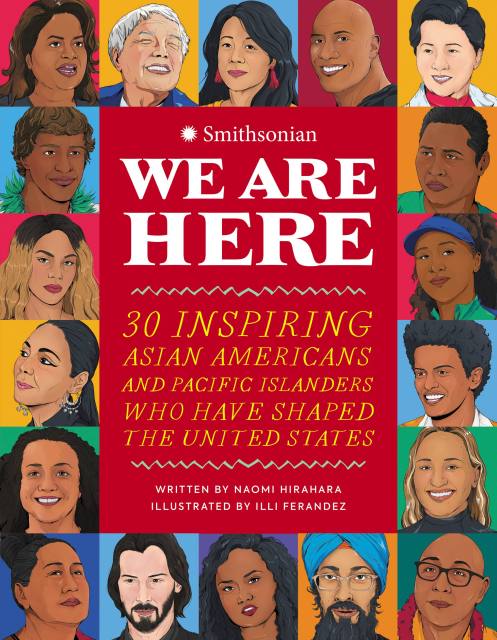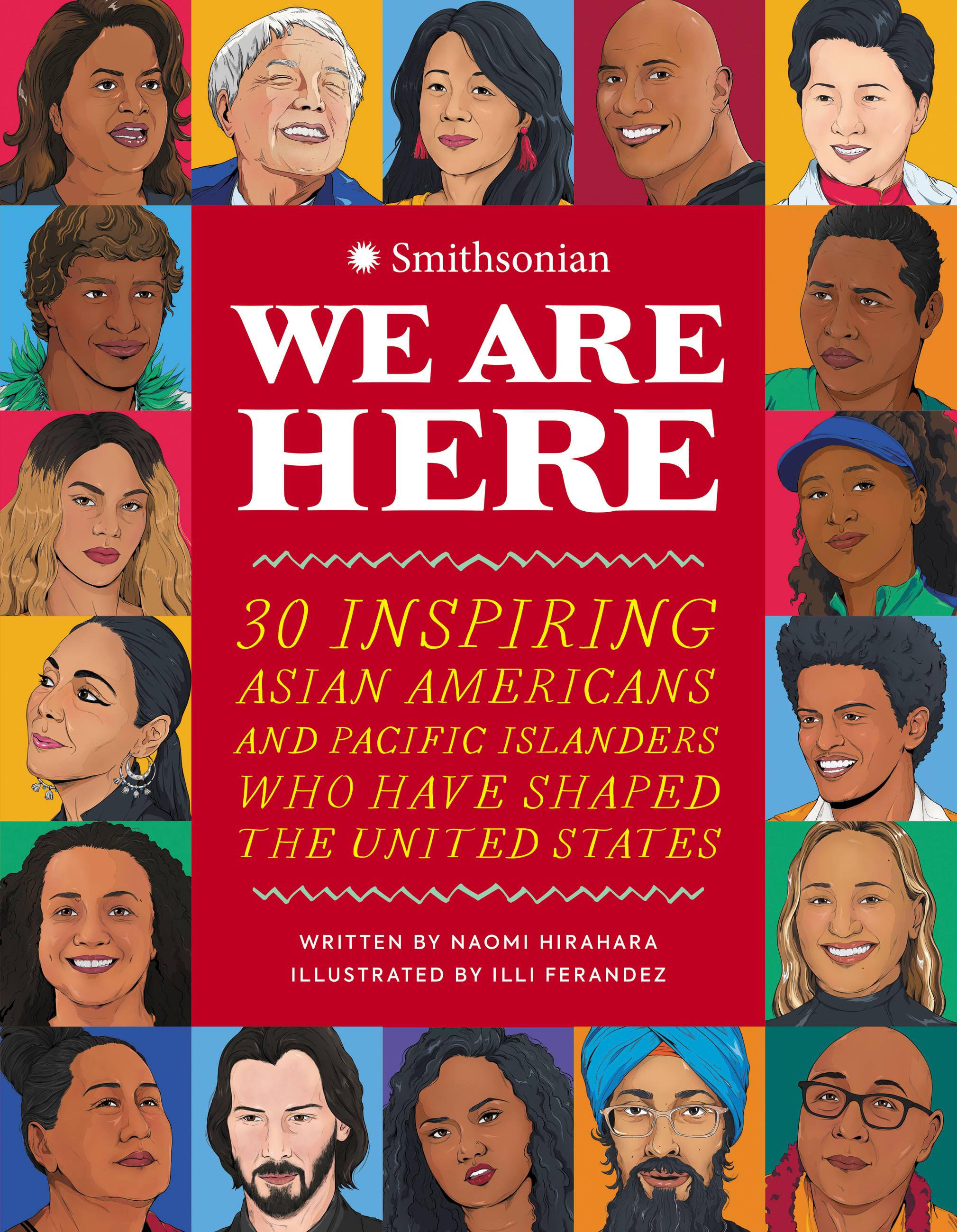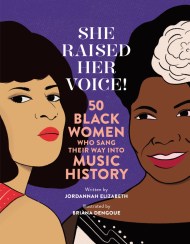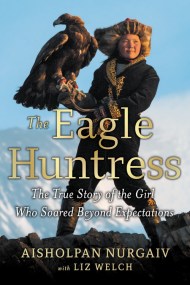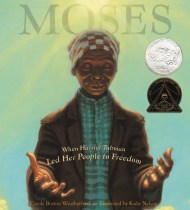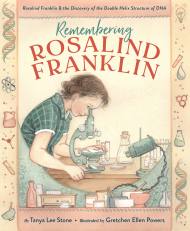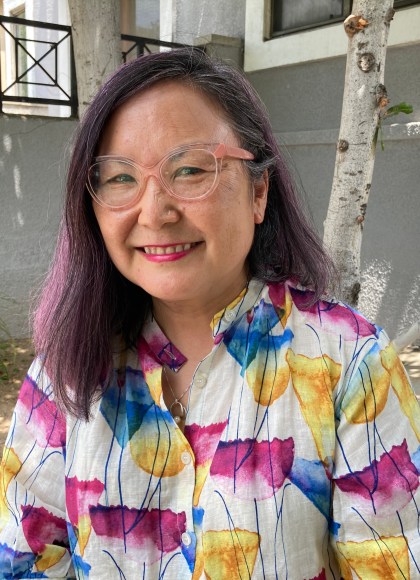Promotion
Use code MOM24 for 20% off site wide + free shipping over $45
We Are Here
30 Inspiring Asian Americans and Pacific Islanders Who Have Shaped the United States
Contributors
Illustrated by Illianette Ferandez
By Smithsonian Institution
Formats and Prices
Price
$17.99Price
$23.99 CADFormat
Format:
- Hardcover $17.99 $23.99 CAD
- ebook $9.99 $12.99 CAD
This item is a preorder. Your payment method will be charged immediately, and the product is expected to ship on or around October 18, 2022. This date is subject to change due to shipping delays beyond our control.
Also available from:
A stunning anthology licensed in partnership with the Smithsonian Asian Pacific American Center, We Are Here celebrates 30 of the most inspiring Asian Americans and Pacific Islanders in U.S. history.
There are more than 23 million people of Asian and Pacific Islander descent living in the United States. Their stories span across generations, as well as across the world. We Are Here highlights thirty Asian Americans and Pacific Islanders and the impact they’ve had on the cultural, social, and political fabric of the United States.
Profiles include: Amanda Nguyen * Bruno Mars * Grace Lee Boggs * Lakshmi Singh * Naomi Osaka * Philip Vera Cruz * Vishavjit Singh * Shirin Neshat * Thenmozhi Soundararajan * Schuyler Miwon Hong Bailar * Channapha Khamvongsa * Lydia XZ Brown * Etel Adnan * Chien-Shiung Wu * Jerry Yang * Carissa Moore * Craig Santos Perez * Dwayne “The Rock” Johnson * Eddie Aikau * John Kneubuhl * Kathy Jetñil-Kijiner * Keanu Reeves * Hinaleimoana Kwai Kong Wong-Kalu * Manny Crisostomo * Momi Cazimero * Teresa Teaiwa * Mau Piailug * Taimane Gardner * Calvin and Charlene Hoe * Dinah Jane
Genre:
-
"An excellent introduction that makes clear the richness and diversity of Asian American and Pacific Islander communities."Kirkus Reviews, starred
-
“Really beautiful collection of biographies that shows a wide range of experiences and identities. Includes reflection guide with questions, links, and a glossary. An essential purchase.”SLJ Teen Librarian Toolbox
- On Sale
- Oct 18, 2022
- Page Count
- 128 pages
- Publisher
- Running Press Kids
- ISBN-13
- 9780762479658
Newsletter Signup
By clicking ‘Sign Up,’ I acknowledge that I have read and agree to Hachette Book Group’s Privacy Policy and Terms of Use
